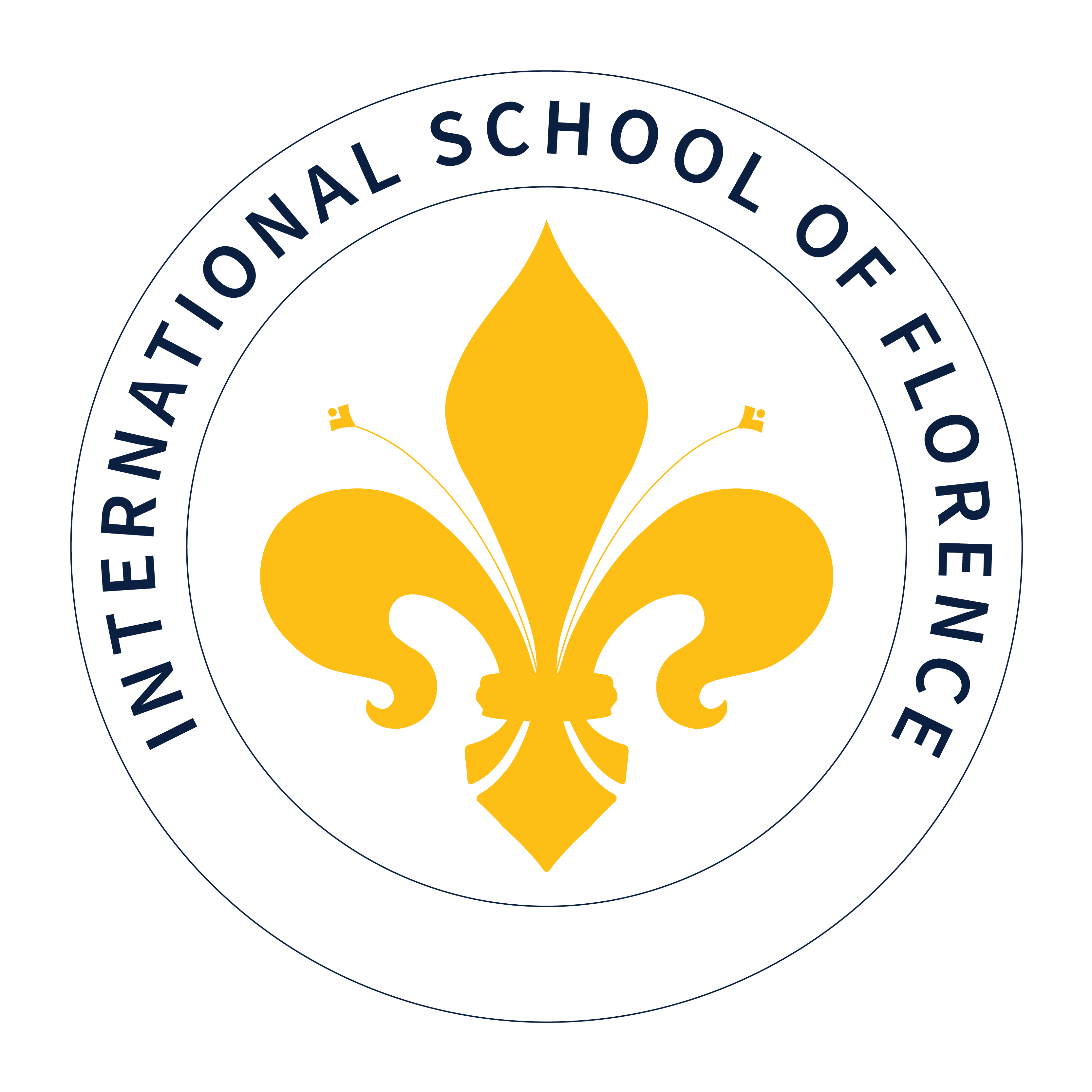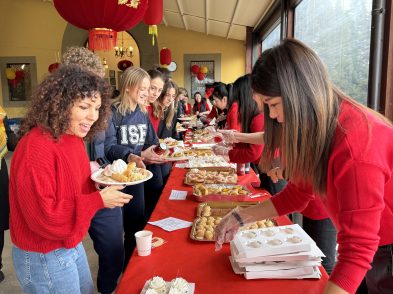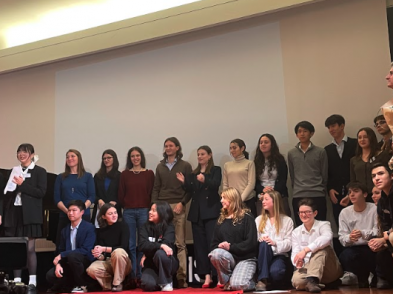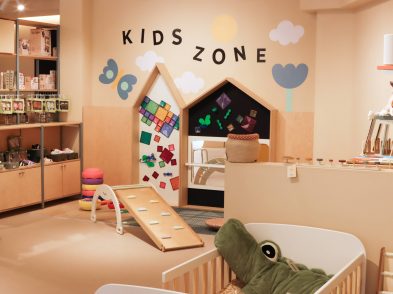What is Art History really about? Why does it matter to life? These are the driving questions that shape the Art History IB course at The International School of Florence. We focus on providing a stimulating classroom environment and active learning through direct experience in the historical center of Florence.
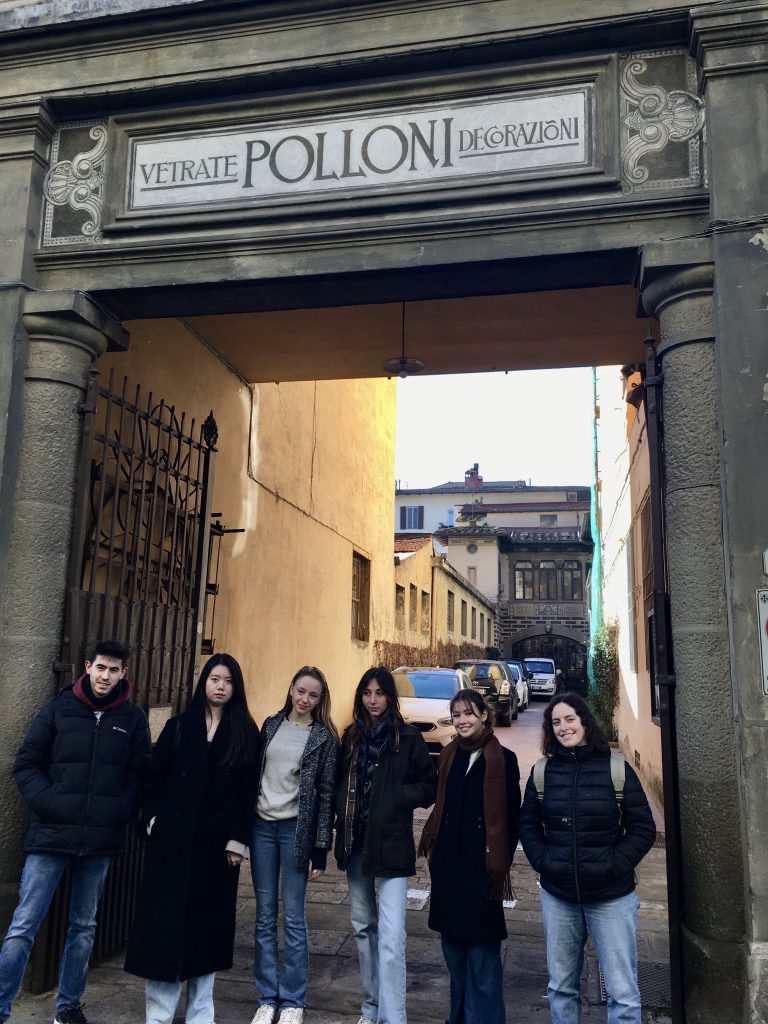
Our approach to Art History at ISF is not what most people think. We go beyond the surface and the material reality to ask the essential questions: why, for whom, and how/what does it mean, both for maker/art experiencer then, and for us now? Welcome to the exciting adventure our students embark on: investigating and discovering art’s hidden messages and meanings, and how they matter here and now! ISF Art History students learn how to engage their curiosity, to look for and discover clues, and investigate theories and documentary sources to critically and creatively understand the original intentions and impacts of the work, and how they can instruct us in developing and examining our own answers to the essential human questions of who we are and how we go about creating meaning and beauty in our lives.
With a focus on medieval art in the second year, students have recently delved into the manuscript collection at the San Marco Museum, where they also completed an active learning activity exploring monastic life, including cells and spaces in the museum as the context where such manuscripts were produced.
Students also study materials, techniques and the artists who produce these masterpieces, as they did on a recent trip to the Polloni Vetrate artisan workshop in Florence, where hand-made stained glass connects to an artwork they are studying for their exam.
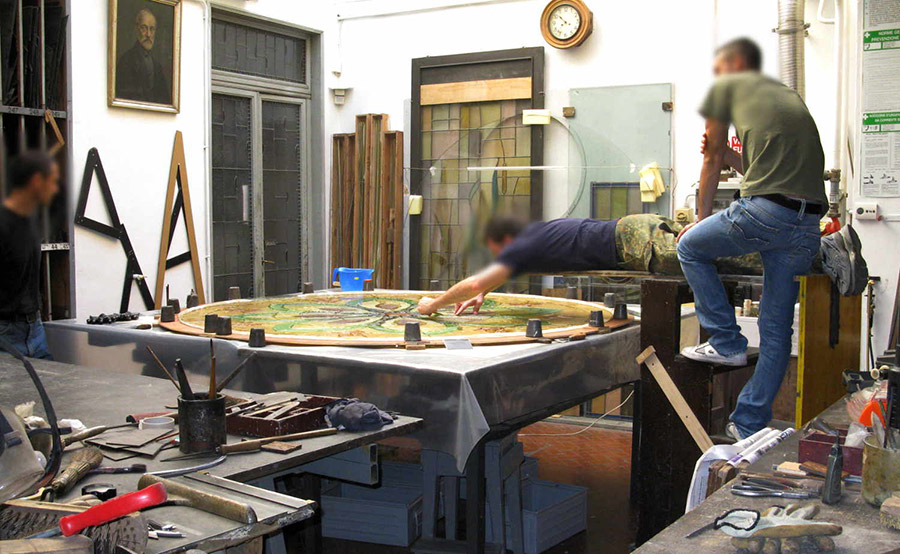
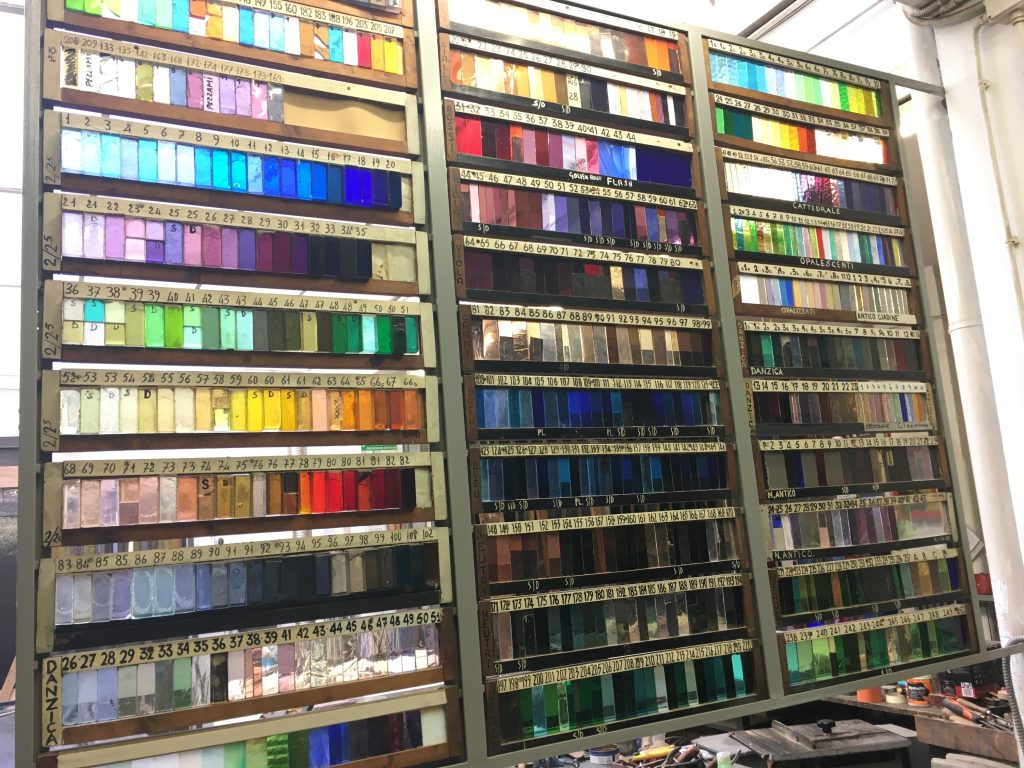
We have visited locations where installed artwork, like painted icons and stained glass work, can still be found. Encountering the glowing late Gothic stained glass behind the altar of the church of Santa Trinita, students spent time in silence to imagine being back in the Middle Ages where they experienced the artwork in its original context and sought to connect with its impact and meaning for the average person as part of their study of the cultural identity, function and purpose of artworks.
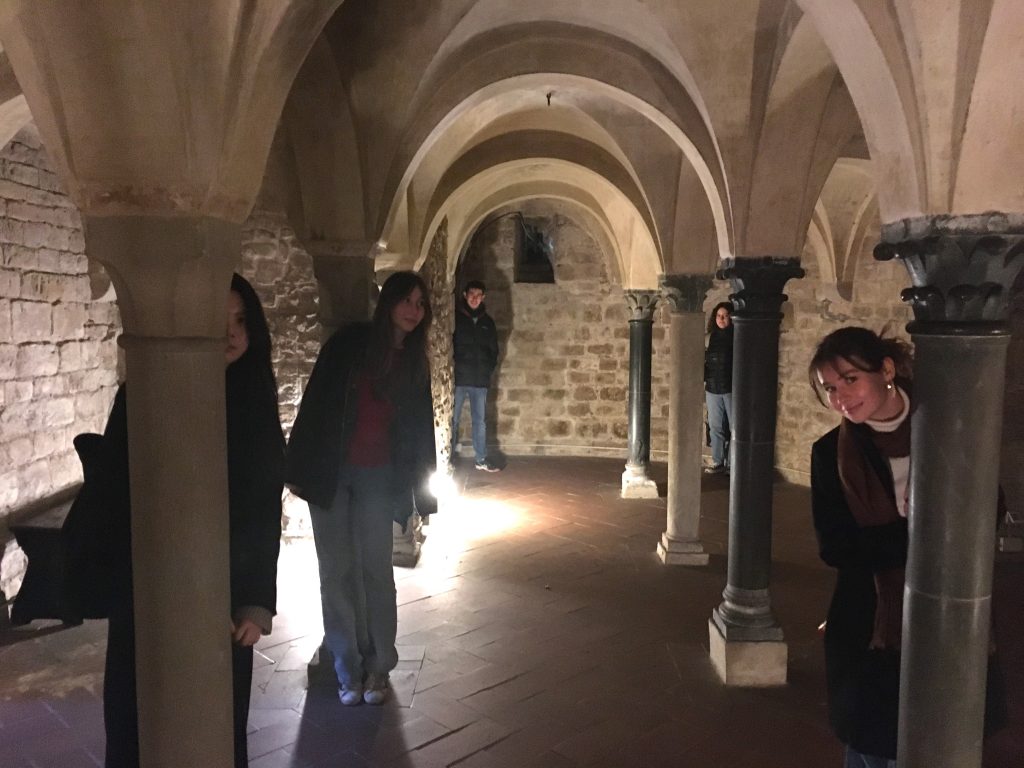
At a recent stop at the Santo Spirito church, students had a rare encounter with a medieval icon similar to the ones they are studying, which had not been removed to a museum for stylistic viewing and artistic appreciation divorced from symbolic content. Rather, it is still actively fulfilling its original purpose as an aid to prayer, meditation and comfort through the image of the Madonna and Child in the context of the daily life of the community. The icon has been present there since it was painted in 1340 by Maso di Banco and continues to be part of the fabric of the Santo Spirito neighborhood and its heritage.
Trips like these allow students to study and interact directly with work in situ, or in their original location where such artworks were not conceived of as “art” separate from life and examined purely aesthetically as objects in a museum, but were made to be used and interacted with as part of secular, personal, and communal and spiritual daily life. By standing alongside the artisans whose hands make the work like it has been done for centuries, and then being in the spaces and encountering the artworks in their original contexts, art history students have the unique chance to “inhabit” the historical moment they are studying and engage knowledge with intuition and reflection to deepen their understanding and formulate their own interpretations of the purpose and meaning, as well as live the impact and beauty of these works.

This kind of hands-on and experiential learning is part of the central goal of the DP Art History course to bring the art and culture to life and help students make personal connections with it, and the world around them. These enriching experiences connect to our ISF mission and vision of being internationally minded while remaining uniquely Florentine.
This article was written by Andi Nufer, Upper School Art + Art History Teacher

